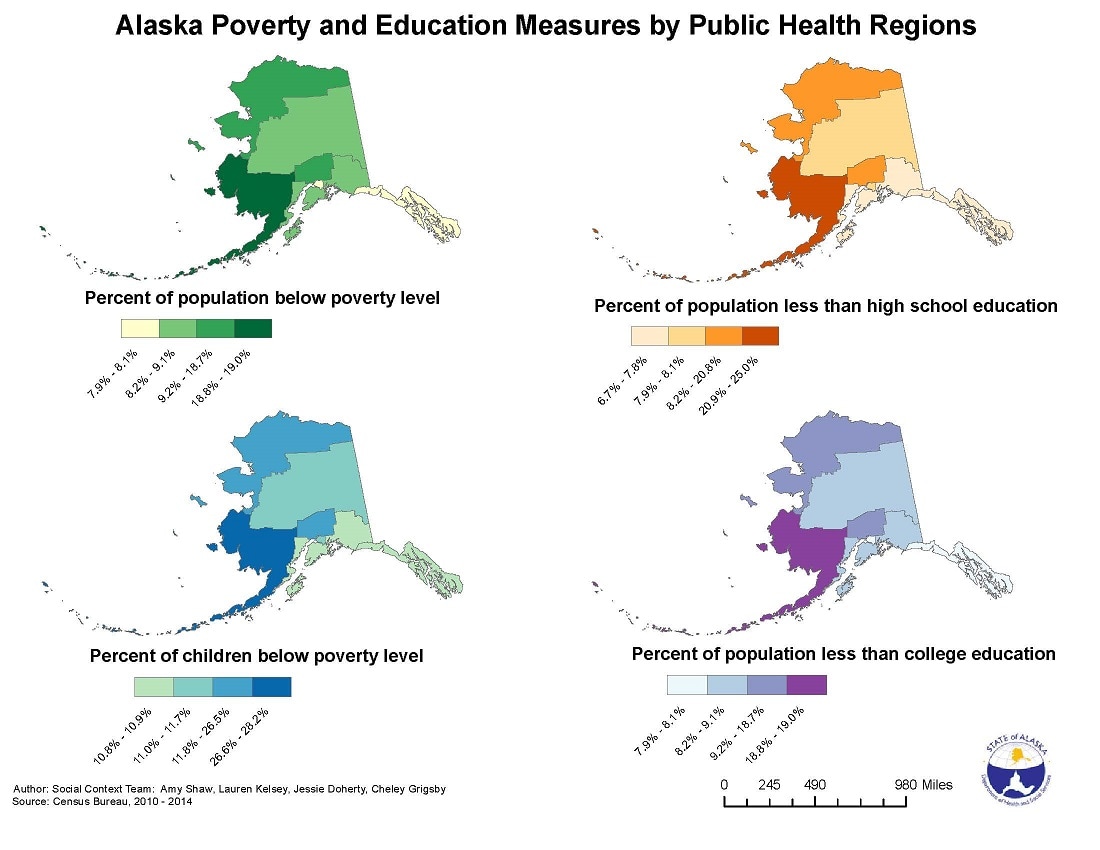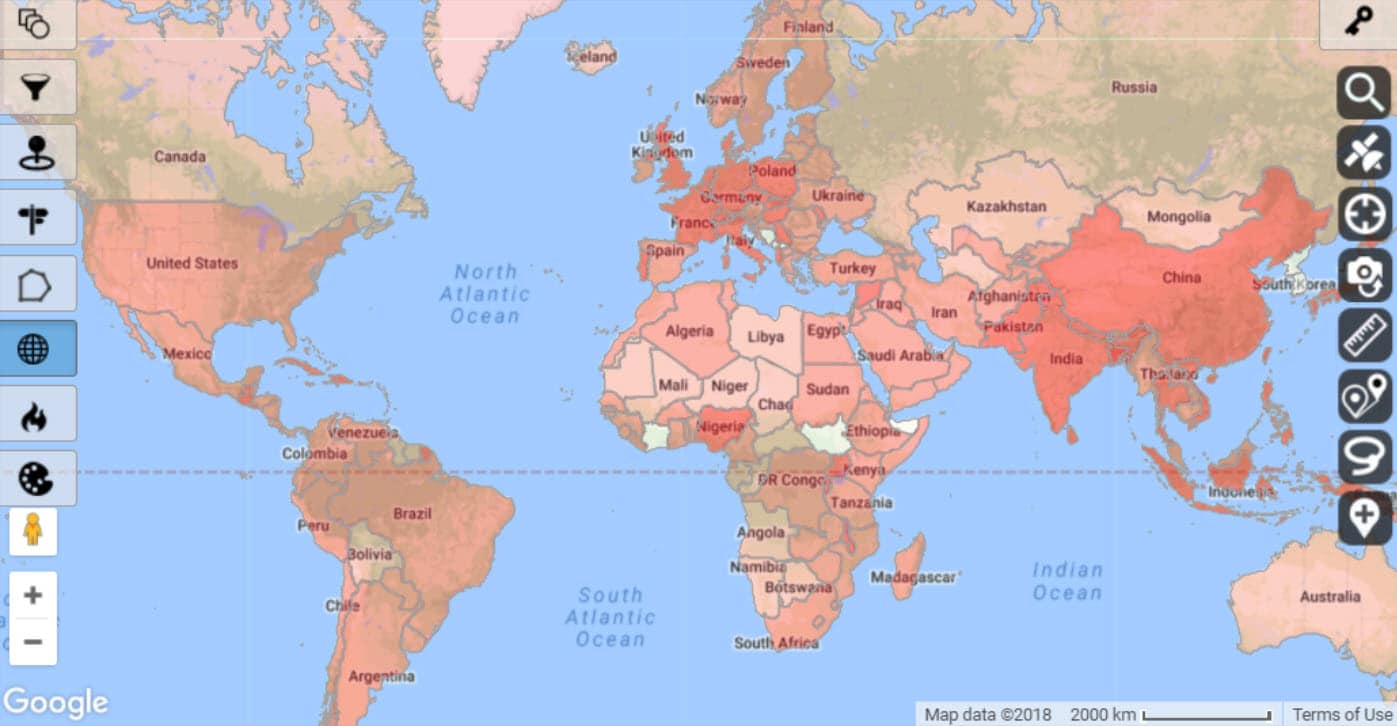What Are The Three Types Of Thematic Maps That Were Shown And How Is Each Used

There are three main types of color schemes applied to maps.
What are the three types of thematic maps that were shown and how is each used. The three maps in the figure below each use the same data the same number of classes the same color scheme and the same standardization yet each tells a very different story about poverty in the US depending upon the classification scheme. Thematic data spectral data and pictures imagery. The different types of maps used in geography include thematic climate resource physical political and elevation maps.
A dot method map is a map type that shows the distribution of a variable using dot symbols. We then introduce three important additional map types you are likely to encounter frequently. Ans Maps that are prepared with special themes are called thematic maps.
Read and learn about 8 different types of maps. The most common is the choropleth map which portrays quantitative data as a color and can show density percent average value or. Many people find this type of map by going to a search engine and.
This differs from reference maps which include a number of different elements like roads topography and political boundaries. Maps have been in use since ancient times when they may have been produced and used as necessary tools for identification and navigation. What is a choropleth method map.
Political Maps show boundaries between countries states counties and other political units. Two major types of thematic maps are frequently used for representing data related to public health. There are five techniques used by cartographers to create thematic maps.
It is a type of thematic map in which we use colour to represent statistics of an attribute feature we are interested proportionally to its location for example the unemployment rate of each county. Proportional symbol maps dot maps. Thematic maps are single-topic maps that focus on specific themes or phenomena such as population density rainfall and precipitation levels vegetation distribution and poverty.


















